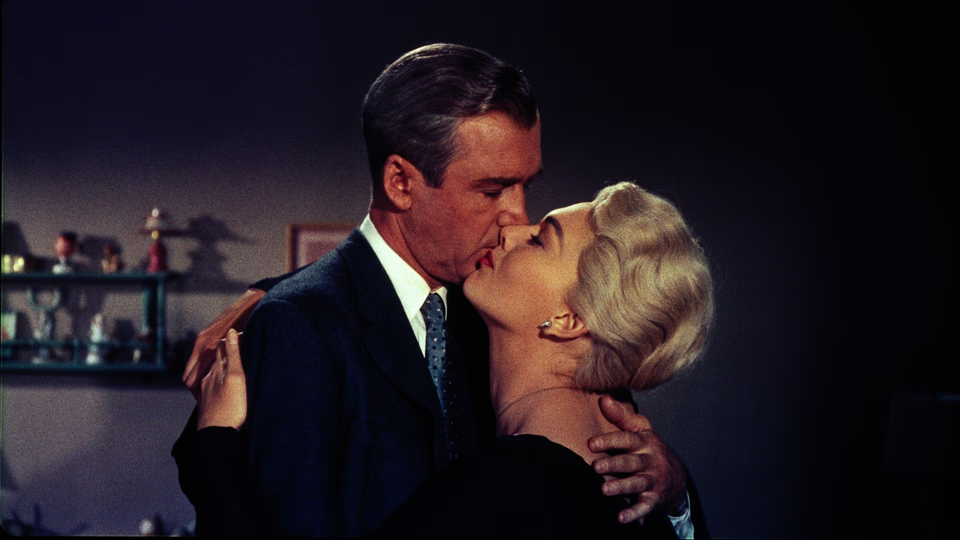Vertigo

In director Alfred Hitchock’s seminal mystery, James Stewart plays John “Scottie” Ferguson, a former San Francisco detective who left the force feeling that his latent acrophobia played a part in the death of a fellow officer.
An old acquiatance asks Scottie to shadow his heiress wife Madeline (Kim Novak), whose shipping company he runs, explaining that she believes herself to be posessed and that he fears she may be suicidal.
Scottie refuses as first, but changes his mind once he gets a look at the blonde beauty.
After rescuing Madeline from a suicide attempt, he grows closer to her. The pair eventually confess their love, but tragedy strikes, devestating Scotty. Then, he seemingly has another chance, when he finds Judy, woman who looks remarkably like Madeline. But is everything as it seems?
Hitchcock makes the most of the San Francisco locales, using the city’s winding, hilly streets as a metaphor for the twisting and turning state of Scottie’s obsession with Madeline. His now-classic rendition of the vertigo effect was inspired. The subtle color theme of associating green with Madeline and Judy helps pull the film together.
Hitchcock also loved his blondes. Icey cool, elegant and unattainable, Hitch fell for them hard, and when he couldn’t have them in real life, relished the control he had over them in his films, even as he hated himself for not being as appealing to them as he could be. Projecting this onto the film, and Scottie is Hitchcock, a physically and mentally handicapped man determined to mold the rough-around-the-edges Judy into his ideal feminine visage. Watching the film with this in mind, the languid pace and lack of suspense are easily overlooked, as Hitchcock’s expression of his own psychosis makes guilty voyeurs of us all.